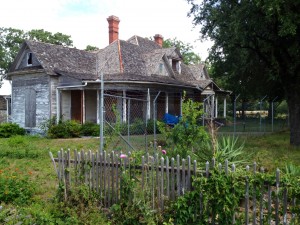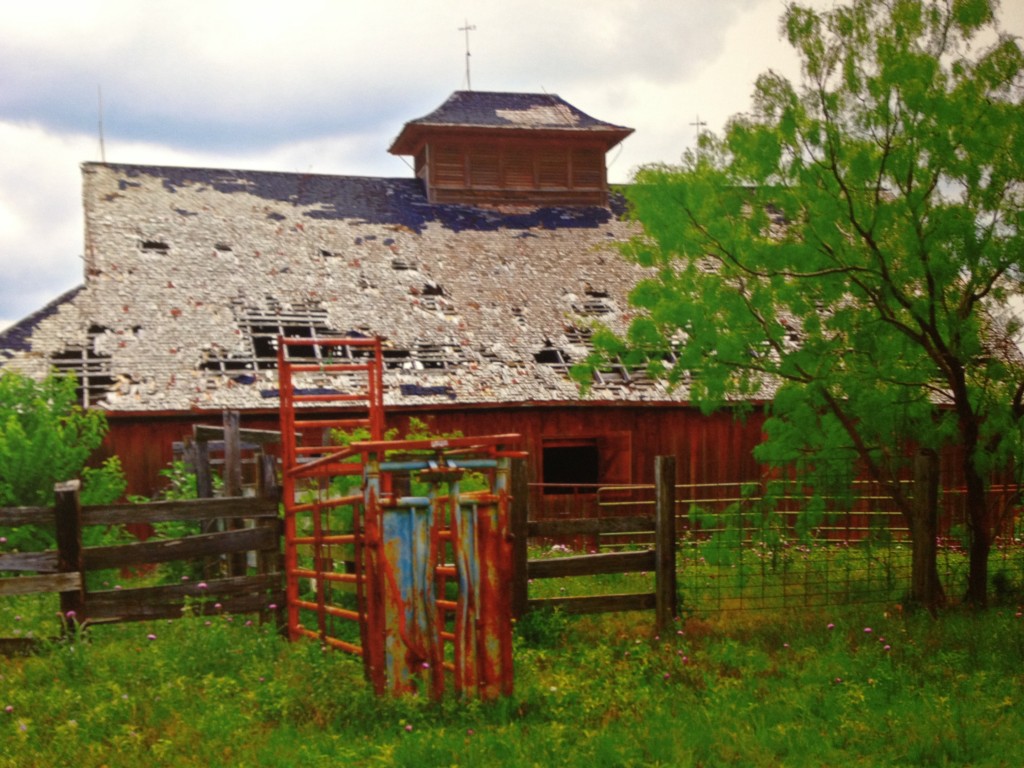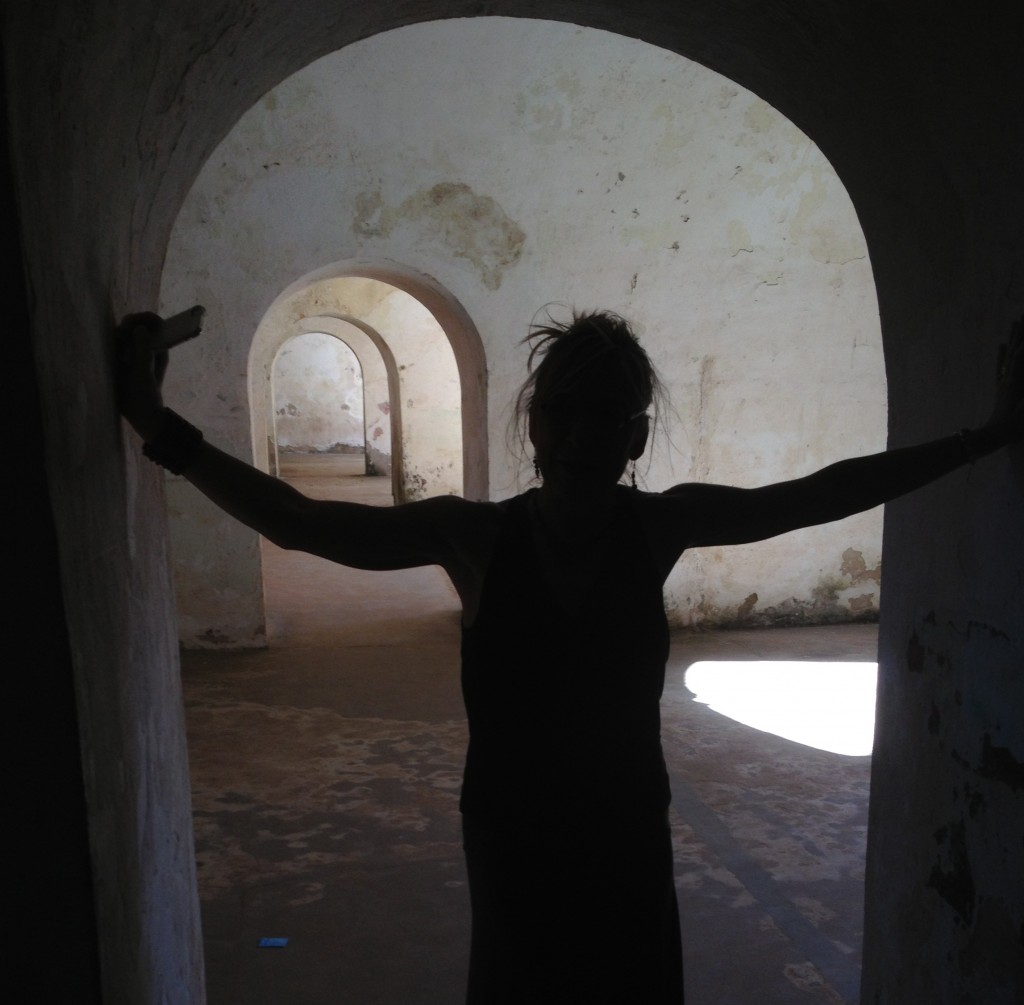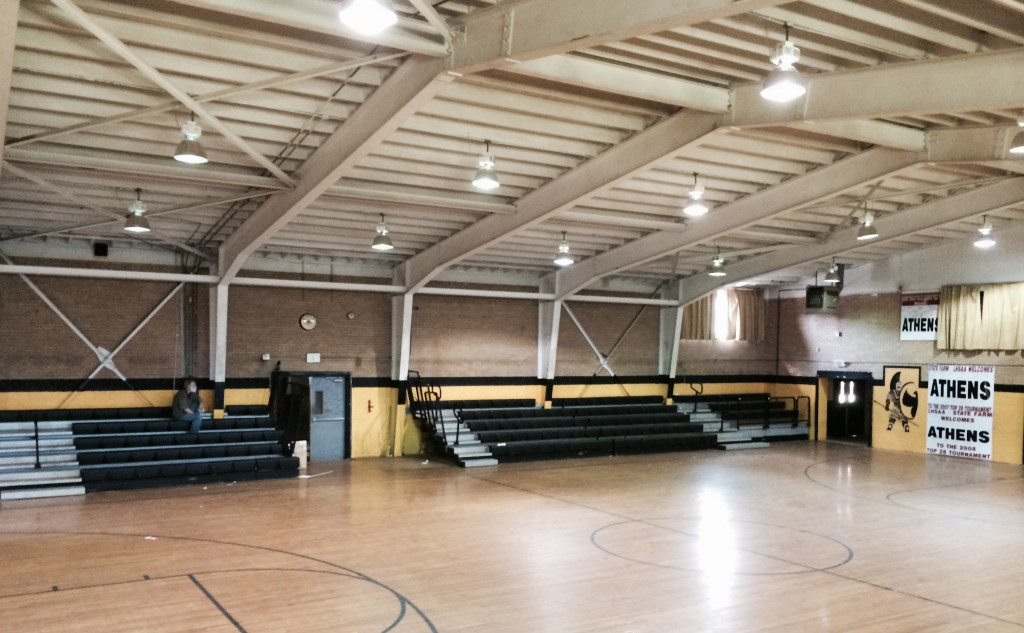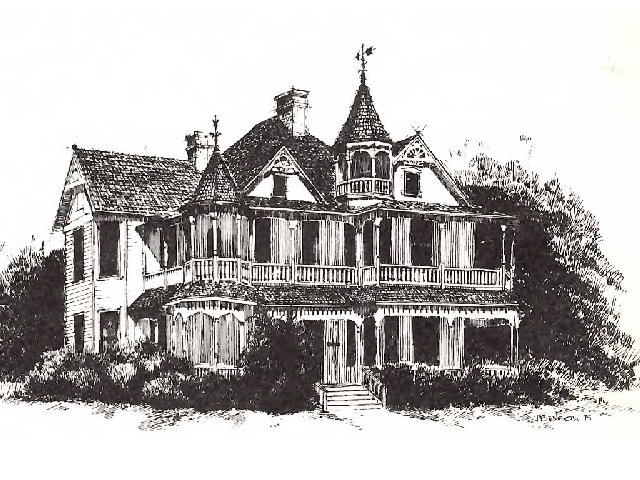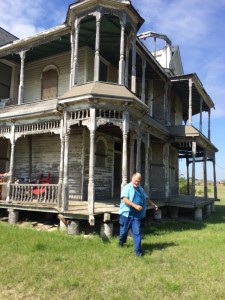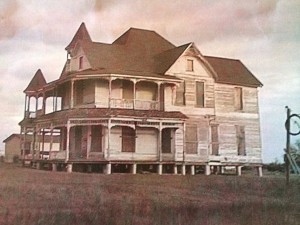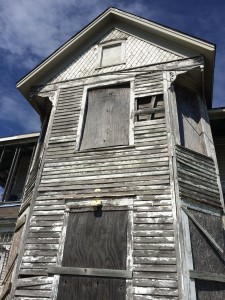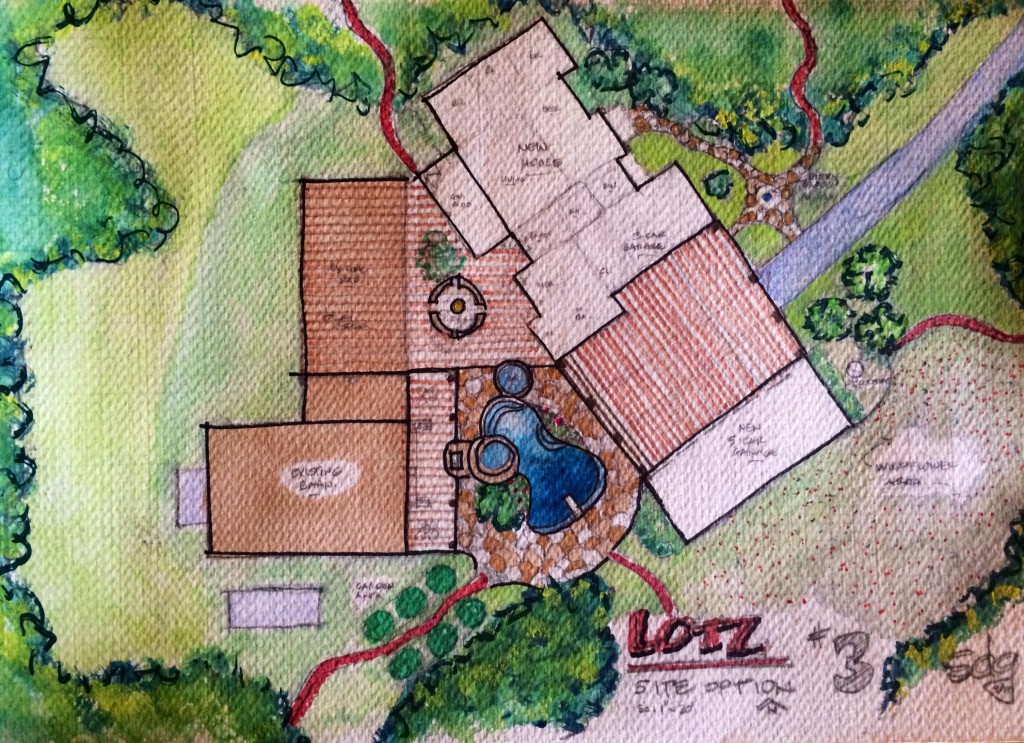Have you ever visited an area that was rich with Historic Preservation? Have you ever visited a cool/hip place that marries history with what is going on today? Two different approaches to vibrant communities, and usually both fun places to visit; just that one is focused on pure preservation and involves philanthropy…. the other is focused on creative adaptive reuse that involves investors and economic revitalization. What is the difference, and what does it mean to you and where you eat, live, and play?
A truth is that just about EVERY place has some history…. according to scientists, as much as billions of years of history. But how much of it do we get to experience today? In this country, not nearly as much as we’d like. We lose buildings and historical places each and every day, usually not because people don’t care, but because there is not a viable plan to save and reuse the buildings, a plan that people are willing to support with funding.
In an ideal world Historians, historical societies or any individual with a passion for history would rather preserve the town or the structure just the way it was originally designed. Unfortunately, that is not a viable solution in many cases. Often, without a philanthropist willing to fully support the preservation, buildings targeted for this endeavor just sit, waiting and waiting, slipping into further disrepair and decay.
An alternative, and often a more practical approach to save historic structures is to find a new use for them, and if necessary, maybe even a new location…. Adaptive Reuse. The needs for some buildings diminish; the needs for a great many others change. Families grow, so they add onto their historic homes, work functions change with the times, and so must the structures that support them. Even such historic buildings as the Sistine Chapel have had to be modified to meet the number of tourists that visit every day.
Such is the dilemma with Anderson Farmstead in Midlothian. Ashgrove Cement owns the farmstead, would like to see it saved, but needs it moved off of their future quarry site. Ashgrove is a great corporate citizen. They have been willing for the last 14 years to donate the buildings and some land for relocation….to save this small portion of Midlothian history.
The local historical society has been involved for the last 7 years trying to save the historic farmstead home and large barn. Unfortunately, they have not been able to secure funding, not even enough to help weatherproof the deteriorating structures. Even today, they are still clutching onto their preservation dream.
360grassroots, a local non-profit focused on economic revitalization of communities, has a plan to save the structures. It includes relocating them onto the Ashgrove-donated land, renovating them to serve new viable uses (see the 95 second movie above), basically saving the structures through an adaptive reuse to live again for all to enjoy. Best of all, 360grassroots has 4 investors who are willing to support this plan….The process of saving these historic structures could begin soon!
Show your support by letting the city leaders and the local historical society know that you support 360grassroots efforts, and want these buildings saved, revitalized and reintroduced into the Midlothian community. Please comment, share or subscribe here on this Living A Repurposed Life page and like us on 360grassroots facebook page. Thank you for your support!

